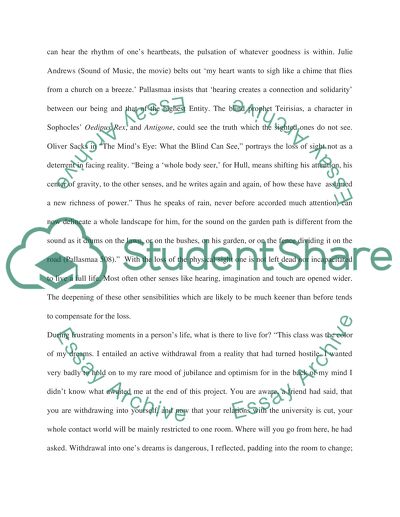Cite this document
(“Relationship of the Solitary Self and the Public Self Essay”, n.d.)
Relationship of the Solitary Self and the Public Self Essay. Retrieved from https://studentshare.org/literature/1434158-how-does-the-relationship-between-the-ychsolitary
Relationship of the Solitary Self and the Public Self Essay. Retrieved from https://studentshare.org/literature/1434158-how-does-the-relationship-between-the-ychsolitary
(Relationship of the Solitary Self and the Public Self Essay)
Relationship of the Solitary Self and the Public Self Essay. https://studentshare.org/literature/1434158-how-does-the-relationship-between-the-ychsolitary.
Relationship of the Solitary Self and the Public Self Essay. https://studentshare.org/literature/1434158-how-does-the-relationship-between-the-ychsolitary.
“Relationship of the Solitary Self and the Public Self Essay”, n.d. https://studentshare.org/literature/1434158-how-does-the-relationship-between-the-ychsolitary.


